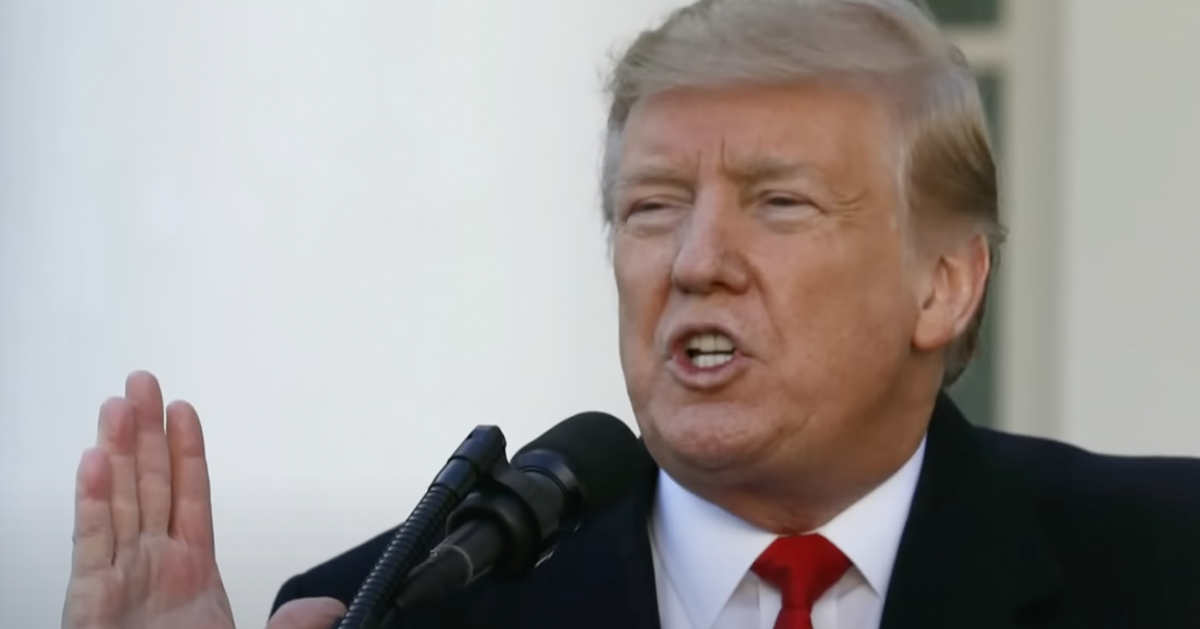Democrats Urge Sotomayor’s Resignation Prior to Administration Change
In a strategic effort to maintain influence on the Supreme Court, some Democrats are considering urging Supreme Court Justice Sonia Sotomayor to step down from her position.
President-elect Donald Trump's incoming administration raises the stakes for Democrats, fueling urgency to secure a replacement under the current Democrat-controlled Senate, as Fox News reports.
Following Tuesday's election, Republicans succeeded in winning a majority in the Senate, a shift that will take effect just two months from now.
This shift in power has sparked urgent discussions among Democrats who fear the possibility of Trump appointing a successor to Justice Sotomayor should her seat become vacant during his tenure.
Concerns Over Republican Replacement
The political atmosphere is charged with concern that if Justice Sotomayor, aged 70, chooses to retire after January, her replacement would be appointed by President-elect Trump. Democrats are worried that a prolonged vacancy might result in a shift towards a more conservative court, with Trump potentially nominating a justice aligned with conservative principles.
Additionally, Democratic lawmakers are exploring the logistics of securing a confirmation for a new nominee within the two months left before the new Senate composition comes into effect.
A Democrat senator noted that Sotomayor could resign with a condition, allowing her departure to be contingent on the appointment of a new justice. Despite this tactic, legal complications linger, as a resignation cannot be contingent upon the appointment of a specific individual.
Manchin's Influence on Deliberations
The Democrats face a daunting timeline. The Senate schedule is packed, complicating efforts to secure a swift nominee approval. Such tight timing amplifies the challenge of consolidating enough votes across the party to ensure a smooth confirmation process.
Among the pressing concerns is the role of retiring Sen. Joe Manchin (I-WV) who holds a pivotal vote. His decision to support or oppose a nominee could shape the confirmation outcomes significantly.
Democrats understand that Manchin’s support is crucial, especially given his past inclinations to side with Republicans on critical votes.
Democratic Party strategists are said to be weighing options, aiming to gauge whether there is sufficient political will within their ranks to back an immediate resignation and confirmation process for Justice Sotomayor's seat.
Search for Qualified Nominee Intensifies
In anticipation of a potential vacancy, D.C. Circuit Judge J. Michelle Childs has emerged as a leading candidate to replace Justice Sotomayor. Judge Childs, appointed by President Barack Obama in 2009, brings a diverse judicial background, making her an appealing candidate for the Democrats' considerations.
Alongside the discussion around the Supreme Court seat, Democrats must also prioritize the confirmation of lower-court judges. With numerous judicial appointments pending, the Democratic-controlled Senate aims to navigate these dual challenges effectively before their majority reign ends.
The ultimate decision on whether to push for Justice Sotomayor’s resignation hinges on a delicate balance of political foresight and judicial strategy. Democrats aim to prevent any opportunity for the incoming Republican majority to consolidate power further through court appointments.
Weighing Priorities Amid Political Pressure
The discussion highlights a broader strategic maneuver aimed at preserving judicial balance on the Supreme Court. It exemplifies how critical Senate composition is in shaping the nation's highest court's future.
As these deliberations unfold, the remaining legislative calendar poses additional hurdles. Democrats must craft a streamlined strategy to address two critical objectives: securing Sotomayor's replacement and confirming pending lower-court judges.
Time is of the essence, and with a shrinking window of opportunity, Democratic leaders are pressured to act decisively. The coming weeks are certain to be critical, with the balance of power on the Supreme Court hanging in the balance.
Ultimately, this period of transition reveals the intricate alignments and divergences within the Democratic Party as it navigates the intersection of judicial and political landscapes.




